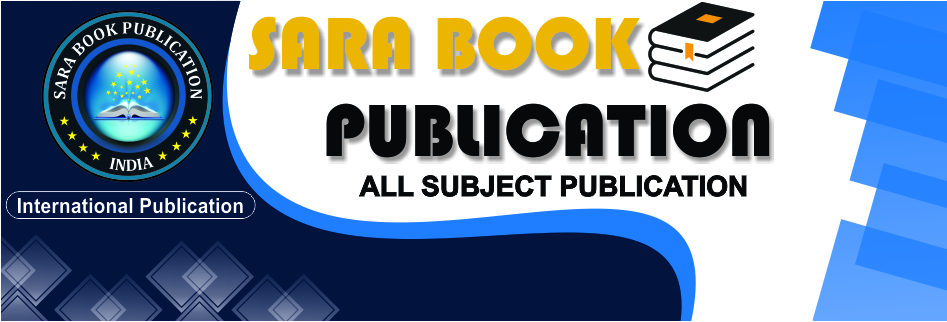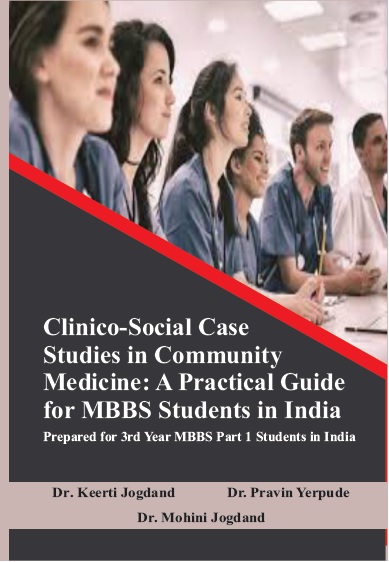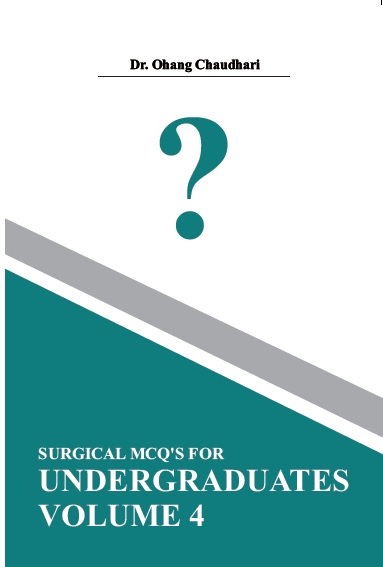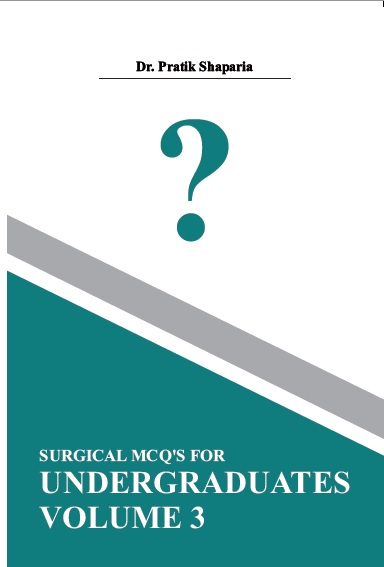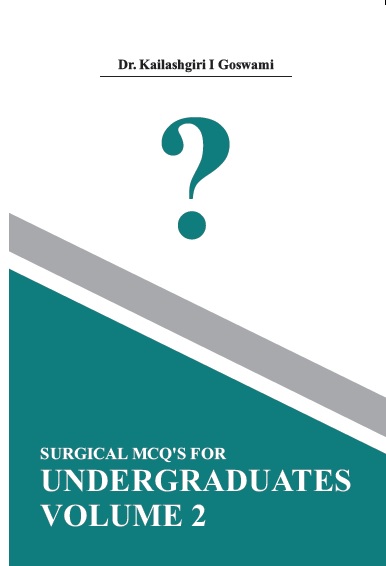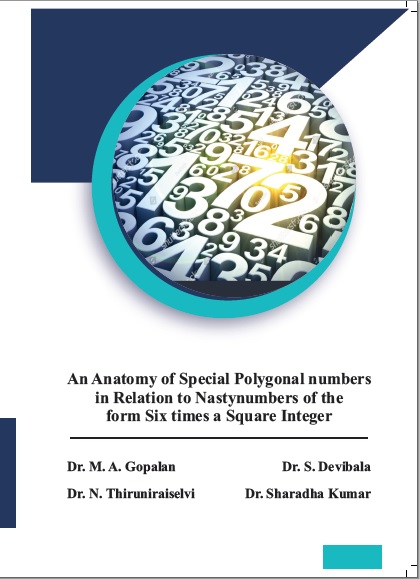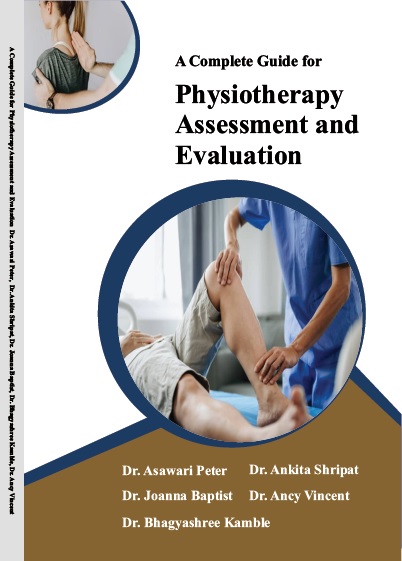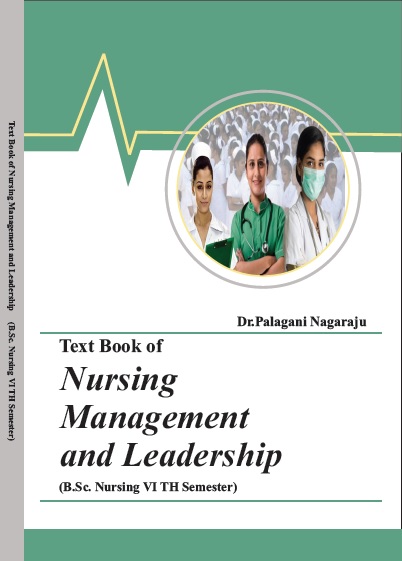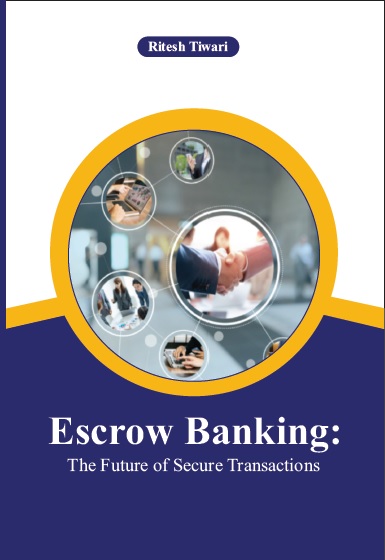SCIENCES AND ENGINEERING
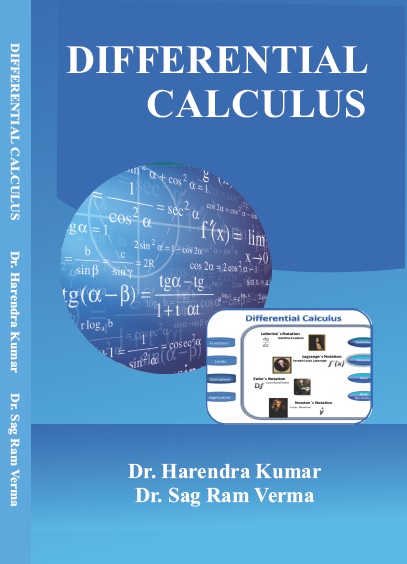
Differential Calculus
by Dr. Harendra Kumar
ISBN Number : 978- 1-63040- 833-6
Authors Details
| Author Name | Image | About Author |
|---|---|---|
| Dr. Harendra Kumar |  |
H. Kumar is an Assistant Professor in the Department of Mathematics & Statistics, Gurukula Kangari
University Haridwar-Uttarakhand (India).He obtained his Master of Science in 2003 from I.I.T Roorkee and
Ph.D. from Gurukula Kangari University in 2008. He has published several research papers in National and
International Journals in the field of Operation Research & Distributed Real Time System. He has more than 8
years teaching experience and has written two books for undergraduate students. He has qualified NET (UGCJRF)-
Dec.2003, NET(CSIR-JRF)-June 2005 and GATE-2004. |
| Dr. Sag Ram Verma |  |
S. R. Verma holds a postgraduate in Pure Mathematics (2005) from Banaras Hindu University (BHU),
Varanasi, India and Doctorate in Applied Mathematics (2009) from Indian Institute of Technology (BHU),
Varanasi, India. Dr. Verma has started his career as a research project associate (2009-2011) at DST-Centre
for Interdisciplinary Mathematical Sciences (BHU), Varanasi, India, currently; he is working as Assistant
Professor in Mathematics at Gurukula Kangri University, Haridwar (one of the oldest University in India, 114
year old in 2015) since 2011 and teaches graduate students. Dr. Verma is also involved in research activities and
published many papers in international conferences and professional journals |
Book Description
In general, there is an opinion that Calculus is a tremendously difficult subject, probably because the required number of good teachers and good books are not available. We know that books cannot replace teachers, but we are of the belief that good books can definitely reduce dependence on teachers, and students can gain more confidence by learning most of the concepts on their own. Calculus is the higher branch of mathematics, which enters into the process of calculating changing quantities (and certain properties), in the field of mathematics and various branches of science, including social science. In the market hundreds of books are available on Differential Calculus. All these books contain a large number of important solved problems. Besides, the rules for solving the problems and the list of necessary formulae are given in the books, without discussing anything about the basic concepts involved. Of course, such books are useful for passing the examination(s), but Calculus is hardly learnt from these books. The books aim to show them the enjoyment in the beauty and power of Calculus and develop the ability to select proper material needed for their studies in any technical and scientific field, involving Calculus and avoid the difficulties that will hook a student’s interest. The author’s aim throughout has been to provide a tour of Differential Calculus for beginner. This book appreciates to the fundamental concepts and applications of Differential Calculus in a comprehensive and easiest way to understand. In this book, we have mention seven chapters. First, talks about the differentiation and successive differentiation. Leibnitz’s theorem an important theorem on successive differentiation also has been included in this chapter. Second contains the partial differentiation and use of Euler’s theorem in partial differentiation. Taylor’s and Maclaurin’s theorems on expansion of series of functions have been discussed in third. Fourth is contributing easiest methods for change of variables. Maxima and minima of functions of two and more variables are explained in fifth. Many methods have been discussed for finding the asymptotes to the algebraic, non algebraic and polar curves in six. The sequence of important points for the guidance in tracing of the curve which will enable us to form a sufficient exact shape of the curves is deal in seventh. Each chapter begins with an introduction to the topic. Then it moves on to discuss the topics mathematically and graphically. Particular attention has been given to the examples. For the most part they are of simplest kind, but requiring a little analytical skill. There are exercises of many different kinds spread throughout the book. Some are in the nature of routine applications. Each chapter is followed by set of exercise, which is intended to enhance an understanding of material presented in the chapter. 4 Students of College level may treat this book as a text book for the purpose of learning of Differential Calculus and also be useful to those students who is preparing for various competitive examinations. Finally, efforts have been made to ensure that interest of the beginner is maintained all through. It is fact that reading mathematics is very different from reading a novel. However, we hope that the readers will enjoy this book like a novel and learn Calculus.




